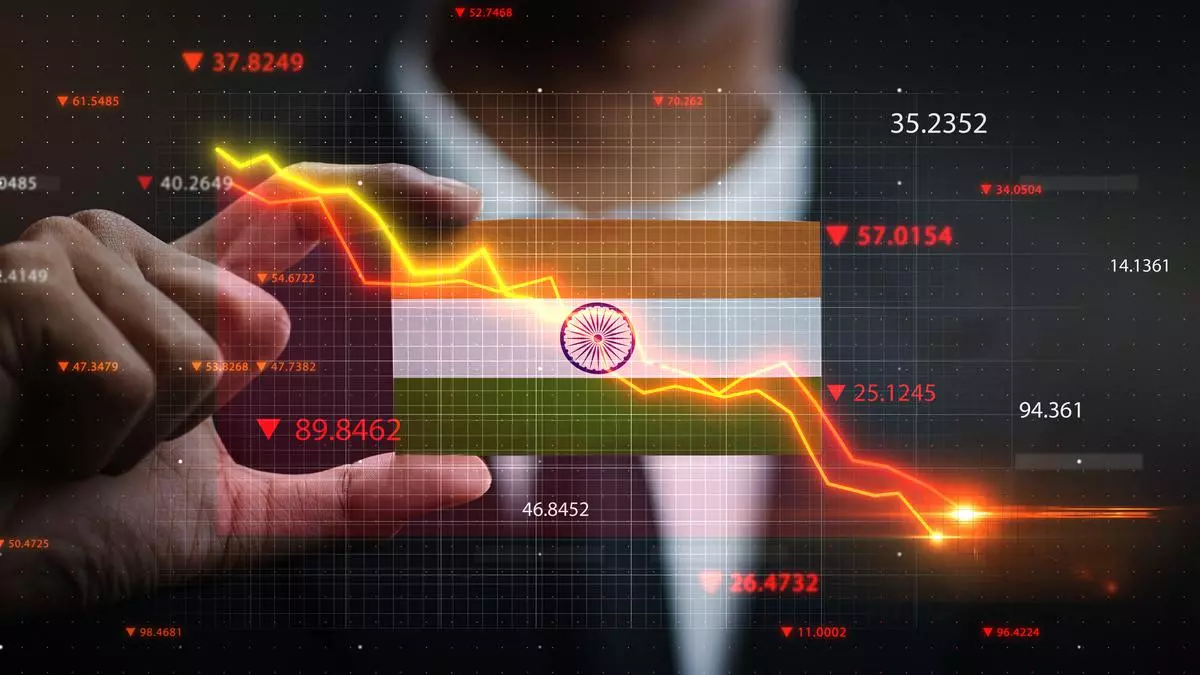Global headwinds, a challenge to India’s trade prospects in 2023
India’s exports moved in tandem with world trade in 2022, growing steadily through June, then starting to slow. As prolonged Russian aggression in Ukraine and a resurgence of Covid infection in China begin to take their toll on the global economy in the second half of the year, India’s trade prospects are also in the shadows.
Going forward, 2023 is likely to be a challenging year for exporters, as the World Trade Organization revises its global trade growth forecast to just 1 percent from a previous estimate of 3.4 percent.
Rising interest rates globally, massive inflation, and major economies at risk of slipping into recession are some of the main reasons behind slowing demand.
However, the Indian government is optimistic that new free trade agreements signed this year, including those with the United Arab Emirates and Australia, will start to yield tangible results soon, helping Indian exporters offset a potential drop in demand from traditional buyers.
New Delhi is also in advanced negotiations on free trade agreements with the European Union, the United Kingdom and Canada, and there is hope that they will be finalized in the new year, resulting in greater market access for Indian goods and services.
In fact, ending trade agreements with developed countries is part of India’s broader strategy to achieve the goal of doubling exports of goods and services to $2 trillion by 2030.
But whether the new agreements, which will result in lower import duties in the partner countries, will be enough to help exporters get more orders, remains to be seen. Some economists argue that with the slowdown in global demand, it is very important for exporters to become price competitive. The government’s role in lowering operating costs through increasing the ease of doing business and generous implementation of export incentive schemes can be crucial in building competitiveness.
A production-linked government incentive scheme, too, can play an important role in making production efficient by building in economies of scale through large-scale industrialization, but its success in most sectors is still being tested.
Commerce and Industry Minister, Piyush Goyal, at a recent media event acknowledged that external headwinds such as high inflation in western countries and waning growth momentum will have some negative impact on Indian exports. However, he said, commodity exports will still record an annual growth rate of between 10 and 12 percent.
In the last financial year, India’s exports grew by more than 40 percent to an all-time high of $422 billion. Besides the slowdown in exports, other areas of concern for the government include India’s rising imports, a widening trade deficit and the depletion of foreign exchange reserves.
The ‘Atmanirbhar Bharat’ campaign to reduce imports by promoting self-sufficiency aims to lower the import bill. But the government has to walk a tightrope to ensure that the hit to the user industry when import duties are increased or other restrictions are imposed, should not end up doing more harm to the economy than the potential gain.
The rupee trading mechanism, which was introduced by the Reserve Bank of India in July this year to enable the billing of exports and imports in Indian rupees, can play an important role in saving precious foreign exchange.
The mechanism is in an advanced stage of implementation with Russia, which is keen on trading the rupee to avoid mounting banking sanctions imposed by the West in the wake of its attack on Ukraine in February of this year.
Successful implementation of the rupee trade with Russia will serve a dual purpose. It will help India pay for its increasing oil imports from Russia, which is now one of the largest oil and gas exporters to India due to the heavy discounts offered. It will also help increase India’s exports.
Russia is, in fact, in talks with India to get more products so that the growing trade deficit, estimated at about $23 billion in April-October 2022, can be narrowed and some of the rupee payments India made for oil can be used. .
India is also in talks with neighboring countries such as Sri Lanka, the Maldives and Mauritius to activate the mechanism.
As it grapples with ways to deal with uncertainties in the global economy, India will also have the opportunity to guide discussions on issues affecting the world as chair of the G20 for a year. In the various meetings planned through 2023, India should use its presidency to advance the interests of the developing world and give urgency to issues such as climate finance and inclusive growth.
